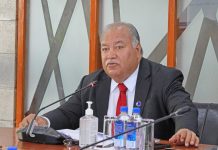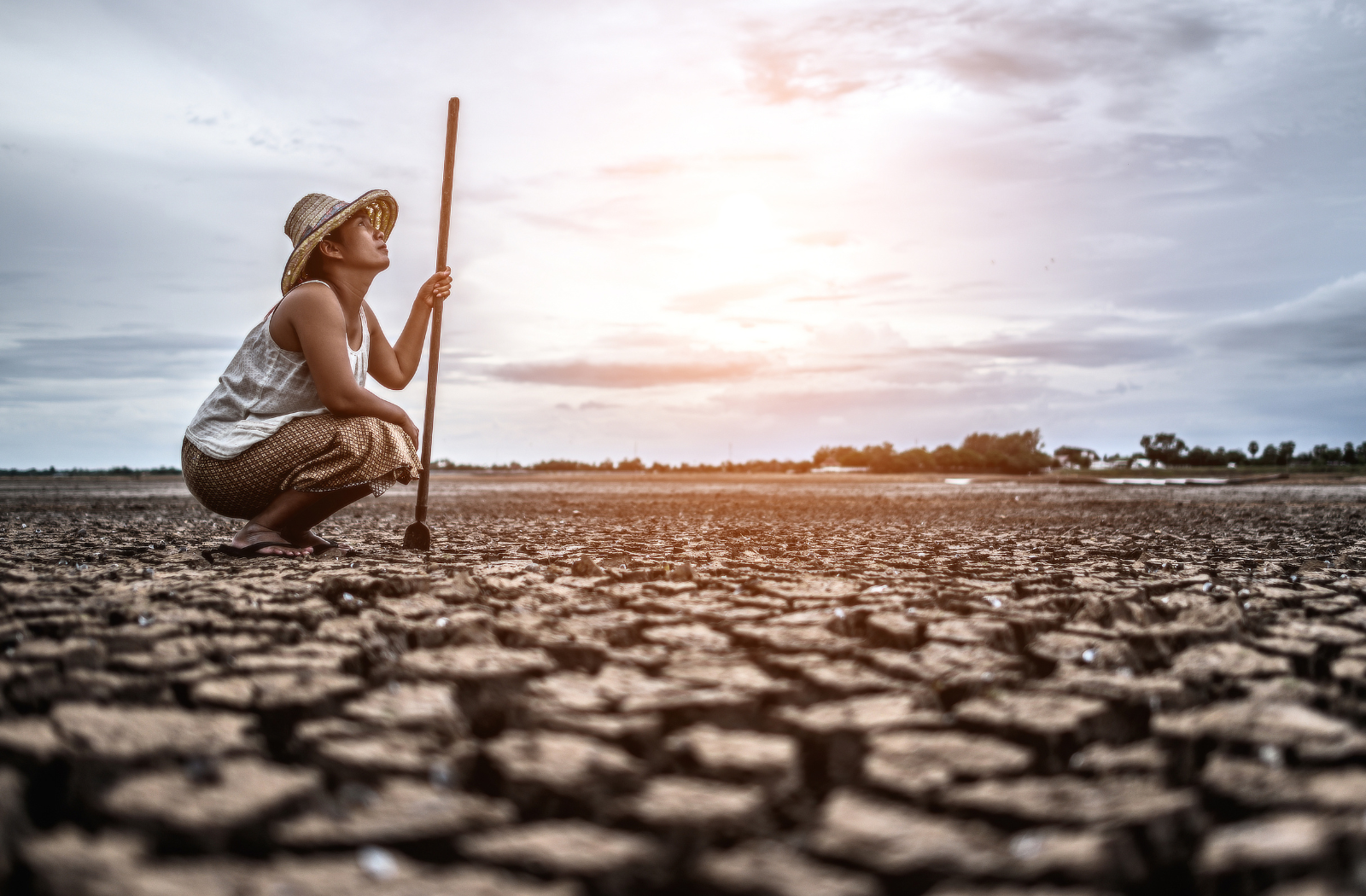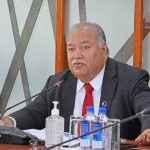By Keshav Dash, Commonwealth National Climate Finance Advisor to Tuvalu and Dr Deepa Pullanikkatil, Commonwealth National Climate Finance Advisor to Fiji
Climate change and gender
Climate change exacerbates existing inequalities. However, when gender, class, race, sexuality, age or disability intersect, they further hamper the capacity of marginalised people to cope with and adjust to the impacts of climate change. Women already face barriers to accessing financial resources, productive assets, technology, and the essential information necessary to respond and adapt to climate change. But we can address these material disparities by promoting gender equality and by recognising the unique contributions of marginalised groups in building climate resilience.
Mainstreaming gender into climate finance
Climate finance amounts to around US$803 billion per year, according to the UNFCCC Standing Committee on Climate Finance. Although this amount is increasing, it remains insufficient. It is estimated that the global climate finance needs to increase to US$5.2 trillion per year by 2030 if we are to achieve the goals of the Paris Agreement.
Yet integrating gender into climate financing poses significant challenges. Gender analysis – and the role of women – in climate action is often overlooked, leading to substantial issues being underrepresented in climate budgets.
Often, this is a result of a limited understanding of gender issues, reduced technical capacity of gender experts, and lack of staff training. Financial institutions are also often overlooked by policymakers, and gender intersectionality – where gender overlaps with other issues – is not appreciated in some existing climate financing mechanisms.
Political resistance, cultural norms and reluctance among decision makers often contribute to this. In 2020 and 2021, only US$469 million – just 2 per cent of bilateral aid – was allocated to initiatives with women’s economic empowerment as a primary objective. It is in this context that we argue that gender-responsive climate finance is a prerequisite for an equitable, low-carbon and climate-resilient future.
Experiences from Fiji and Tuvalu
The Pacific region faces increasing vulnerability to the impacts of climate change, mainly due to its geographical exposure to environmental shocks and existing social inequalities. It may also be useful to explore, Fiji’s and Tuvalu’s national climate policies and progress on gender budgeting.
The Fiji Ministry of Economy and the Fiji Women’s Rights Movement (FWRM) conducted a gender analysis of Fiji’s climate change policies, which looked at its National Adaptation Plan (NAP) and Nationally Determined Contributions (NDCs). As a result, they revised the NAP to include a gender mainstreaming strategy and a Gender and Climate Change Action Plan.
Fiji’s NAP also contains a specific objective on gender equality and the empowerment of women, which aims to increase women’s participation in climate change decision-making processes, ensure gender-responsive adaptation and mitigation actions, and promote women’s access to climate finance. The NDC Implementation Roadmap for Fiji also includes gender inclusive practices.
A report by the Commonwealth on gender integration into NDCs, highlights Fiji as a good practice example of a country that references gender in the context of the Sustainable Development Goals (SDGs) and national planning processes, including gender responsiveness in national climate change policies and the development of a gender-responsive budget.
Tuvalu’s NAP aims to strengthen the country’s resilience to climate change impacts through a coordinated and comprehensive approach to adaptation. While the plan does not explicitly focus on gender, some gender aspects are considered.
Tuvalu’s NDC roadmap acknowledges the importance of integrating gender as an essential element of climate change planning in its Implementation Roadmap and NDC Investment Plan. In addition, sex-disaggregated data is used in planning and budgeting and reforms are being put in place to implement gender budgeting.
Need for gender-responsive climate finance
Despite recognising the importance of gender-responsive climate budgeting and climate finance, there remain challenges in its implementation. It has been a long-standing issue. A status report by UN Women in 2016 indicates that the national women machineries of 15 member states across the Asia-Pacific region were allocated less than 1 per cent of their national budgets. Financing gaps for implementing national action plans on gender equality (where such plans exist) are as high as 90 per cent.
To ensure progress, countries must prioritise gender equality in climate finance and address barriers to financial inclusion for women. Countries should create more options and investment opportunities that actively consider and support women’s roles and contributions. These include providing grants to women for first-loss capital, venture capital, climate change trust funds, tailored loan products, climate-linked insurance products and investments in climate-impacted sectors and companies where women are primary stakeholders. As a good practice example, Fiji Development Bank now provides a range of services and loan products to women, allowing them to improve the resilience of their families and reduce their vulnerability to natural disasters and the effects of climate change.
Commonwealth resources and support
The Commonwealth Secretariat has produced a Best Practice Guide for ensuring gender is integrated into climate finance. This includes support for gender focal points in NDC financing plans, building gender expertise into projects and programmes as well as asking Governments to include gender narrative in budget statements.
The Commonwealth Climate Finance Access Hub (CCFAH) which deploys long-term Climate Finance Advisers in 12 countries, plays an active role in sharing knowledge and building skills to integrate gender across all of its operations. Prioritising gender inclusivity is crucial for successful climate finance initiatives and to ensuring no one is left behind as we strive for an equitable low-carbon and climate-resilient future…PACNEWS















